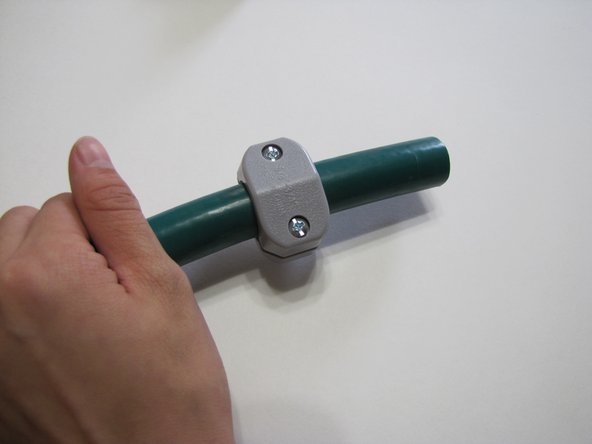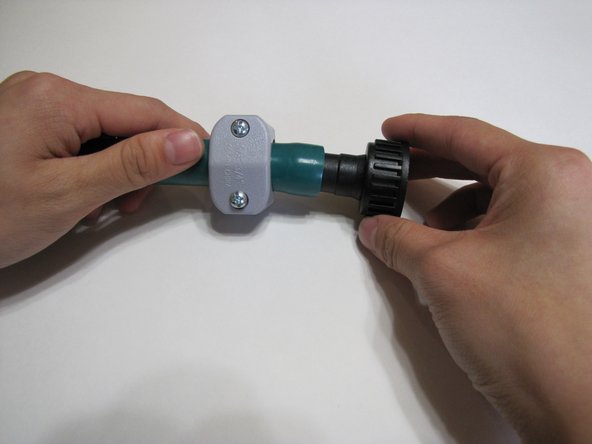Esta versión puede contener ediciones incorrectas. Cambie a la última instantánea verificada.
Qué necesitas
-
Este paso está sin traducir. Ayuda a traducirlo
-
Measure the diameter of the inside of the original hose.
-
-
-
Este paso está sin traducir. Ayuda a traducirlo
-
Remove the original broken end by using a utility knife to cut 2-3 inches from the hose.
-
-
Este paso está sin traducir. Ayuda a traducirlo
-
Attach the new fitting.
-
Slide the clamp onto the hose.
-
Insert the new fitting.
-
Cancelar: No complete esta guía.
3 personas más completaron esta guía.







